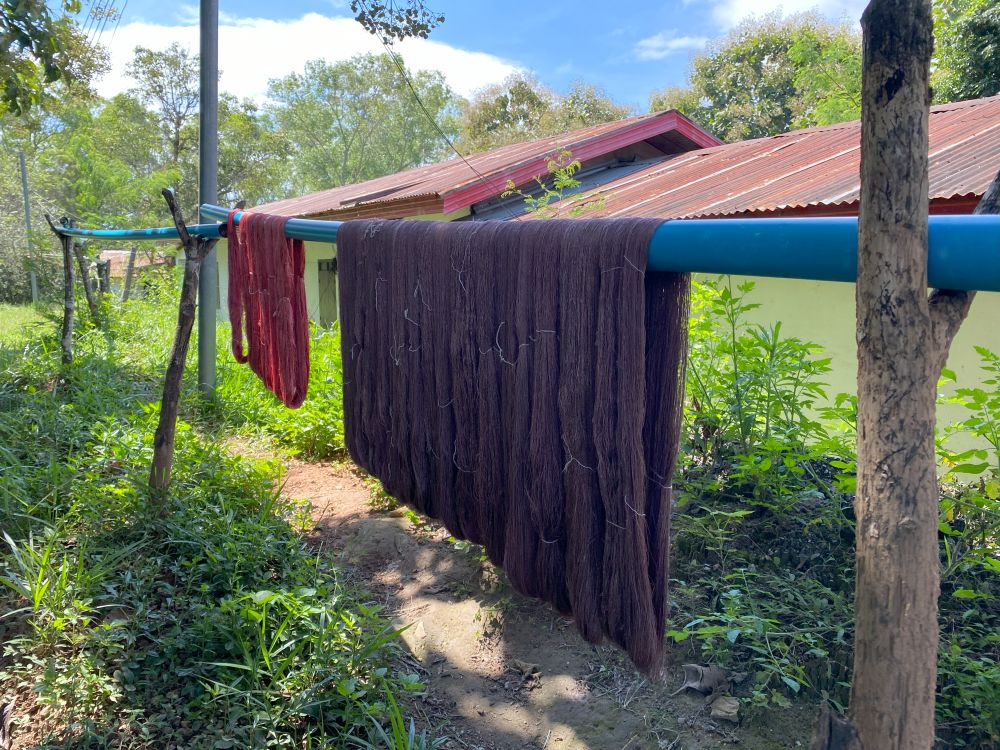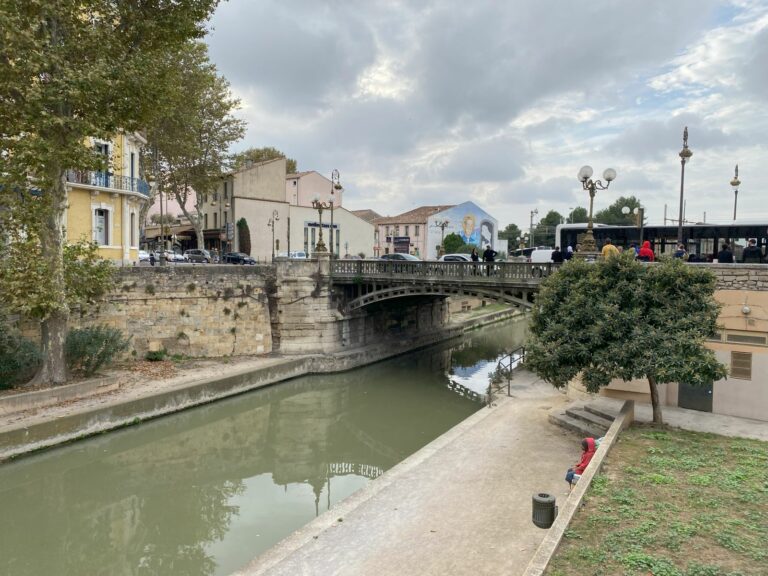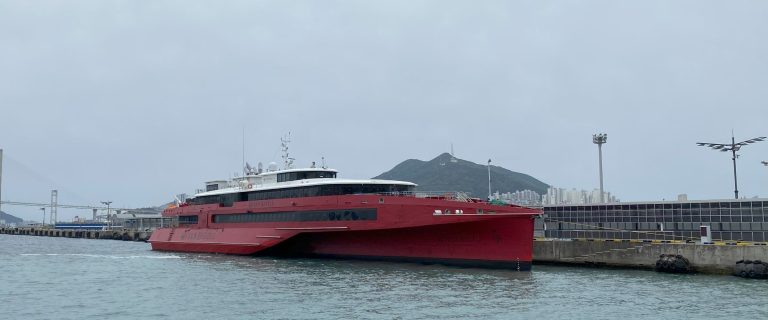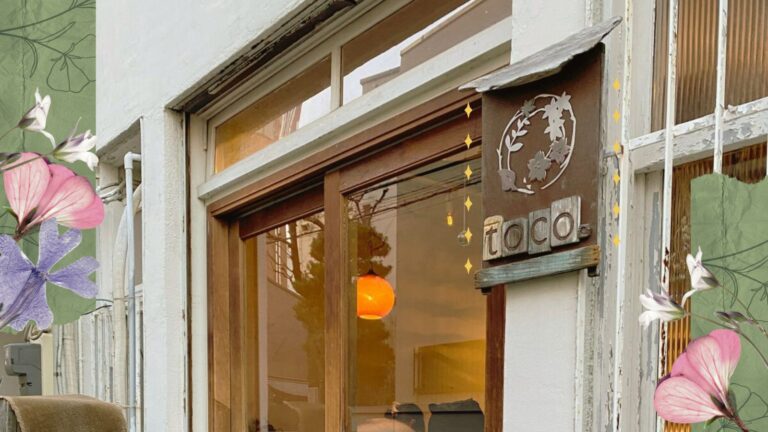Visiting Mulberries Organic Silk Farm in Phonsavan, Laos
Mulberries is a fair trade silk farm that employs local women to work there, harvesting silk and weaving clothing and so on. They offer free tours to visitors where you can see every stage of the silk-making process.
I took a tour with one of the Mulberries staff members. Normally you don’t have to call ahead to book an appointment, but if you definitely want an English-speaking tour guide scheduled, maybe call the day before just to make sure they have one available.
Just Gone Wandering is supported by readers! This post contains affiliate links. If you click on a link and buy something, I get a small percentage at no extra cost to you. Your support helps keep this blog running— thank you! Read full disclosure here.
When I went, the only available guide didn’t speak English– we figured it out and still had a good tour, though! Also, there are English-language info placards stationed around the farm, which helped.
The guide took me around the whole farm and showed me the silk fabric-making process.

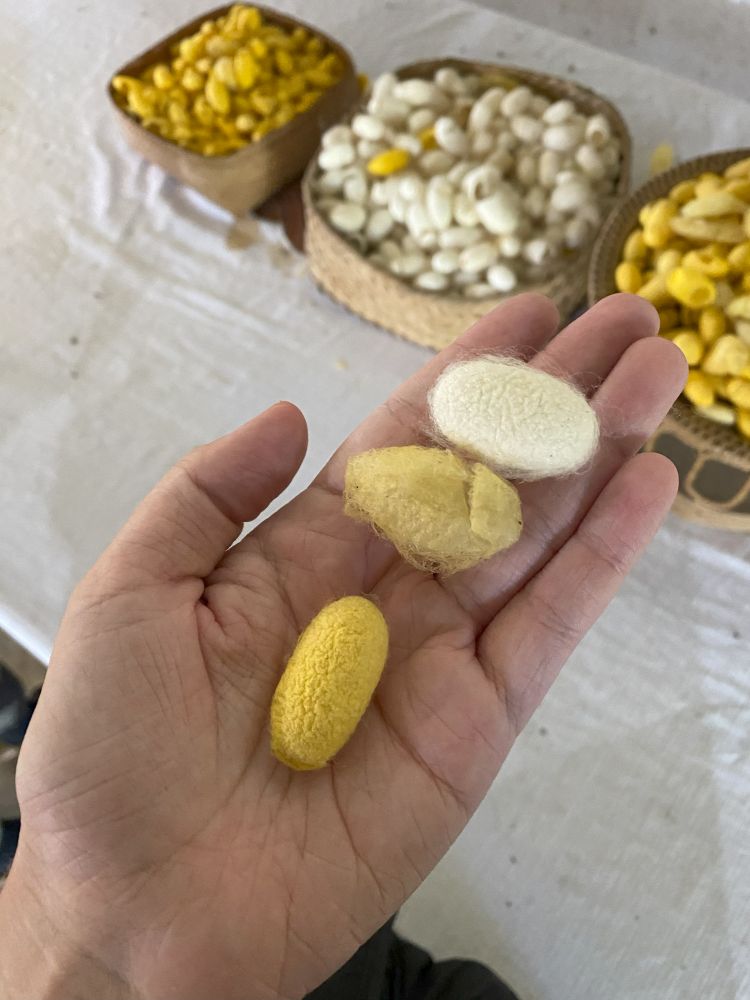
It starts with the silk caterpillar hut, where different silk caterpillars grow and form cocoons. They use three different kinds of caterpillars at Mulberries, and each caterpillar creates a slightly different kind of silk. Some silk is stronger than other kinds, and creates different kinds of fabric.
Once the caterpillars form cocoons, they’re taken to the cocoon processing room. I was worried that this room would really smell from chemicals or something, but honestly it didn’t smell like anything in particular. Such a relief!



The workers put the silk worm cocoons in boiling water (with a chemical, maybe?) to kill the worm inside and loosen the silk threads. Then they pull the threads off the cocoon and then spin it into threads. They let me try pulling the silk off the cocoon; it was easy, but definitely time consuming!
Once they have the silk thread, it gets taken to the dying station. Mulberries uses natural dyes made from plants and berries (hence the name!). They grow a lot of their own plants in a garden themselves, and then process them to make dyes. The silk thread is dipped into the dye and left to dry in the sun.



Some of the plants they use are: lac resin, mulberries, annato seed, hem vine, coffee, indigo, teak leaf, and the kabao fruit. Indigo-dyed fabric is a very popular souvenir in Laos, but the prettiest blue comes from mulberries.
After that, the now-dyed silk threads are taken to the weaving room. Here are weavers who use looms to turn the silk thread into amazing woven fabric, which then gets made into clothing, scarves, table runners, and other items.
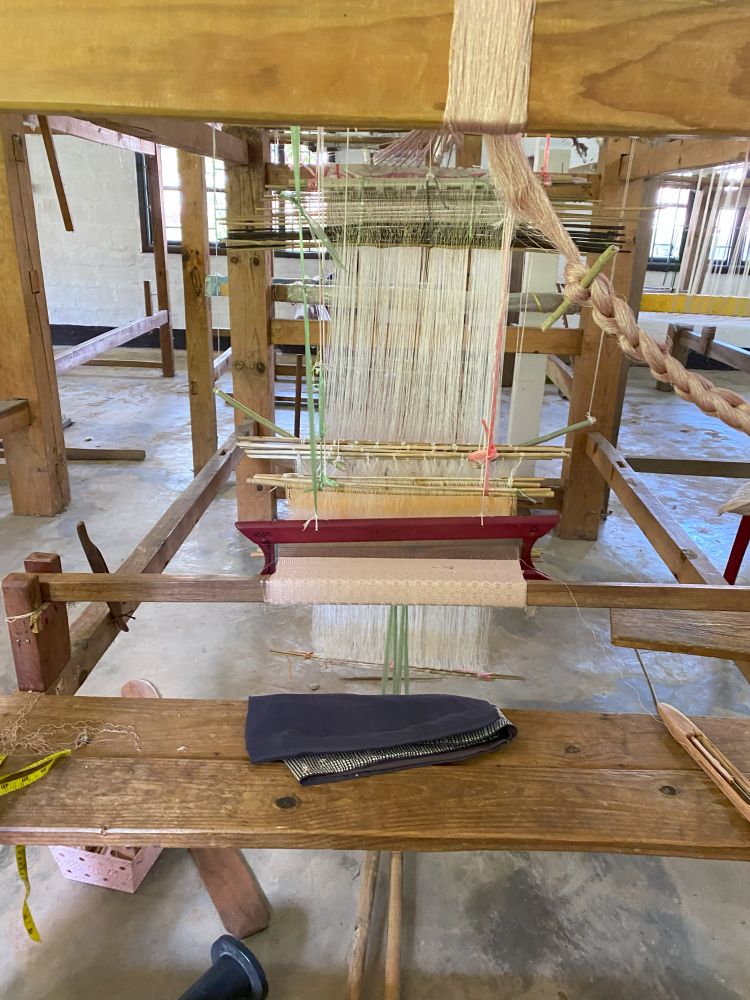
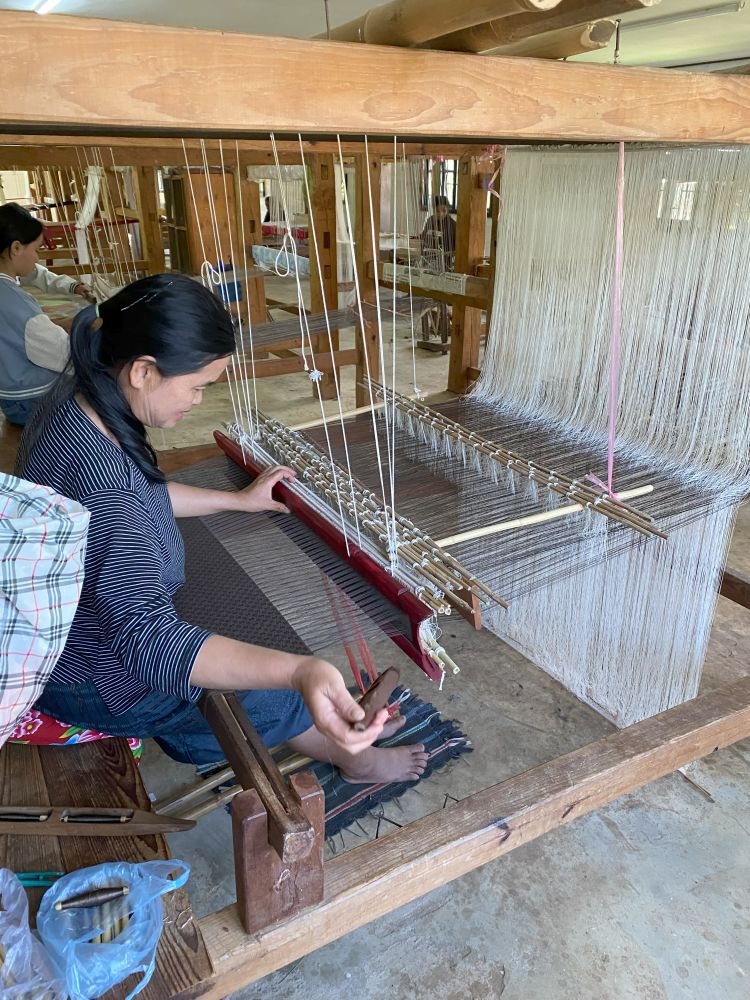

Some of the designs that they make are extremely detailed and complicated!
At the end of the tour we went to their shop, where you can buy those same items. I did in fact get some stuff because the prices are fantastic! I got two small scarves and a tiny bag for something like $18 USD total. They also ship merchandise out to several stores around the country, including one in Vientiane. If you can’t make it out to the farm in Phonsavan, you can still get some Mulberries silk products elsewhere.
I really enjoyed my visit to the Mulberries Organic Silk Farm and recommend stopping by if you’re in Phonsavan. They also have a half-day class, a longer study tour and a homestay option as well.
Save to Pinterest


Explore More
Laos Adventures
- Taking the Laos Slow Boat to Luang Prabang (2023)
- Visiting the Plain of Jars, Phonsavan, Laos
- Three days at the Elephant Conservation Center in Sayaboury, Laos
- Flying over Vang Vieng in a hot air balloon
- A month in Laos | Travel Budget Breakdown
- Where to stay: Laos hostels & hotel for solo female travelers
Best Travel Resources
- 👩💻Stay organized with the Deluxe Travel Planner Spreadsheet
- 🛌Search Hostelworld for budget stays
- ✈️Search SkyScanner for discounted flights around the world
- 😺Join TrustedHousesitters and do petsitting in exchange for accommodation
- 💳Carry Chase Sapphire Preferred for a travel-friendly credit card
- 📱Use Airalo for eSIMs around the world
- 🚙Check DiscoverCars for international car rentals
- 👩💻Snag ExpressVPN to stay safe while browsing the web
- 🧑⚕️Sign up with VisitorsCoverage for trip insurance

